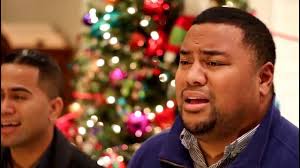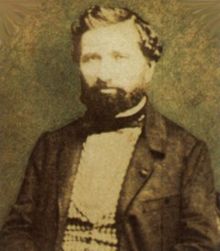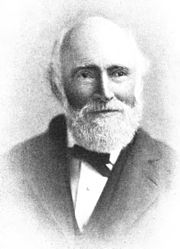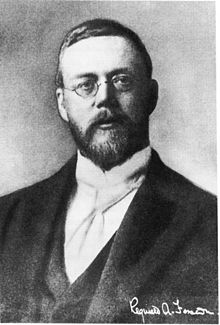By Randy Haglund (with some help from the web)
O Holy Night is a Christmas carol that brings us to our knees at the foot of the manger.
It has inspired and thrilled Christians for over 170 years, and is popular in the music industry as well. Anyone with a big voice or wide range loves to display their talents with this song.
Nat King Cole, Whitney Houston, Celine Dion, Josh Groban, Kelley Clarkson, Luciano Pavarotti, and many others have covered this carol in impressive fashion. Mariah Carey has a version where she hits a note so high only dogs can hear it!
My personal favorite is this a capella by MattNickleMusic.

But, surprisingly, it was once banned by the church. How could such a beloved and inspiring song about the birth of our Savior find its way on to the naughty list?
That’s what I’m here to tell you.
In 1847, in a small town in France, a wine merchant by the name of Placide Cappeau was asked by the local priest to write a poem for Christmas mass. Cappeau was known as a wine merchant and a poet, if not as a particularly avid church-goer. Nevertheless, he took the assignment seriously. Using the Gospel According to Luke as his guide, he tried to imagine what it would have been like to be there for the birth of Jesus in Bethlehem.
After finishing his poem, he decided it needed music to go with it. He asked his friend, Adolphe Charles Adam to compose an original score for the lyrics. Interestingly, Adam was Jewish, did not celebrate Christmas, or believe that Jesus was the Son of God. Still, Adams took charge and quickly finished his work, pleasing both priest and poet.

The song was sung at Christmas mass that year, and became an instant favorite in the churches in France until Cappeau left the church and embraced socialism. At the same time, ecclesiastical officials discovered that the composer was Jewish. Mortified, they excommunicated Cappeau and banned the song from being sung in church. It continued to be a favorite with many people anyway.
About ten years later an American writer named John Sullivan Dwight discovered the song and translated it into English. An avid abolitionist, Dwight was especially struck by the lyrics of the last verse.
Truly He taught us to love one another
His law is love and His gospel is peace
Chains shall He break for the slave is our
brother
And in His name, all oppression shall cease

The song became an instant success in America, especially in the northern states.
Almost 50 years later, an inventor named Reginald Fessenden did something that would change the world forever. A former assistant to Thomas Edison, he worked diligently to develop the use of amplitude modulation (AM) radio. On Christmas Eve 1906, he did a broadcast reading from the second chapter of the Gospel According to Luke:
“And it came to pass in those days, that there went out a decree from Caesar Augustus, that all the world should be taxed.”

Listeners who were usually accustomed to hearing Morse Code over their radios must have been stunned to hear a human voice instead. After finishing his recitation of the chapter, he took up his violin and played O Holy Night. It was the first ever broadcast of music over the airwaves.
Since then, the song has been sung by millions all over the world in dozens of languages. This despite having been written by a man who denounced the church, and a composer who did not believe in Jesus.
The song that has inspired and brought peace to so many, remains a favorite in churches around the world today.
Even in France.
***
What’s your favorite Christmas Carol and why?

I love this Randy! I love hearing the histories of hymns and especially Christmas carols. I am especially fond of Good King Wensaslas. We had a piano when I was growing up and I sat and plucked out the tune for this song. My mom had gotten a book that had simple Christmas Carols in it. I memorized all five verses of the song and would sing them in my head frequently. The story of a monarch who was observant of poor people around him and physically carried wood and food to someone he saw struggling really moved me.
That’s awesome, Karen. I have never researched the background on that song. Thanks for sharing.